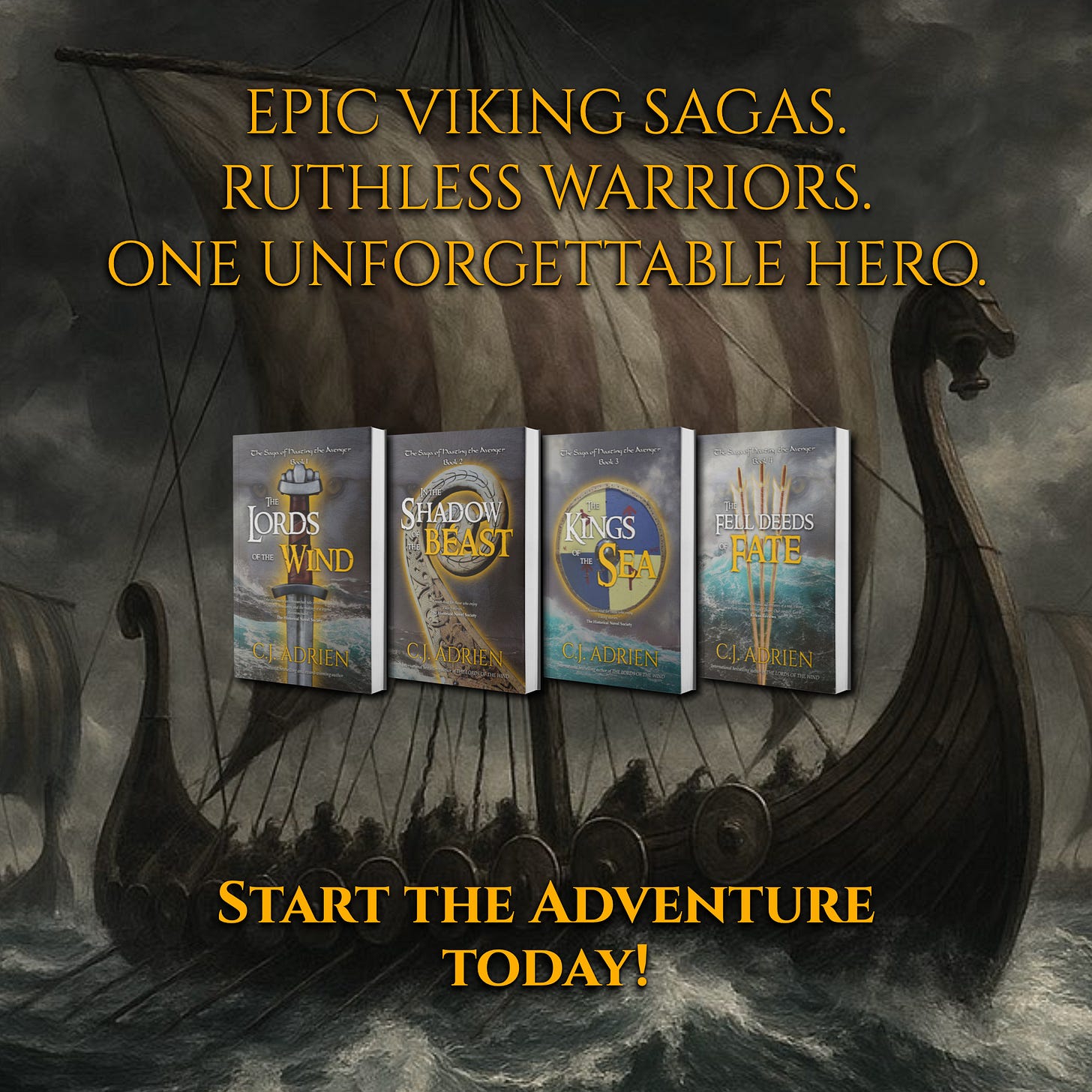
When Alcuin of York lamented in his letter to Higbald that "the pagans have desecrated God's sanctuary" and described the North Sea crossing as "a voyage not thought possible," he framed the Viking raid on Lindisfarne as a terrifying, unprecedented breach. It’s a line that helped define the popular imagination of the Viking Age: sudden, savage, and foreign. But Alcuin was wrong.
A recent geological study of eighth-century whetstones excavated in Ribe—Denmark’s oldest town—tells a very different story. These stones, quarried in the rugged mountains of Trøndelag, Norway, arrived south in massive quantities well before the Viking raids began. The whetstones were economic breadcrumbs and tangible proof of extensive trade networks stretching from Arctic Scandinavia to the southern North Sea decades before the first recorded raid. Far from being isolated warriors who burst onto the scene in a storm of steel, early Scandinavians appear to have already been embedded in the world they would later terrorize.
This blog article is not another attempt to pin down what started the Viking Age—I’ve written on that before ad nauseum—but rather, a closer look at the strange and subtle shift from trade to raid, as told through a simple and surprisingly informative object: the whetstone.
Whetstones as Clues to Early Trade
In the mid-700s, Ribe was bustling. Archaeological digs uncovered over 1,800 fragments of whetstones used to sharpen everything from knives to needles. Most came from quarries in central Norway, such as Mostadmarka and Eidsborg, located 1,100 kilometers away by sea. This level of transport wasn’t incidental. It was industrial. The trade scale suggests coordinated efforts, long-distance sailing skill, and peaceful exchange.
Using petrographic and geochemical analysis, researchers matched the Ribe whetstones to their Norwegian origins with high confidence. Most were made of a distinctive fine-grained schist found in the Mostadmarka region, a durable, effective, and valuable material. The volume and consistency of these finds point to structured trade routes operating decades before the Viking Age officially began.
These stones are economic indicators. Their presence in Ribe reveals the direction of trade and its regularity and scale. They tell a story of a pre-Viking Age world in which Scandinavians were already seafarers and merchants and well-connected to the British Isles and the Frankish world.
Alcuin and the Myth of the Unthinkable Voyage
Enter Alcuin, whose words after the 793 Lindisfarne raid have echoed for over a thousand years. "A voyage not thought possible," he wrote. Yet that voyage had been happening for at least a century, putting the entry in the Anglo-Saxon Chronicle for the year 789, describing an incident in which the Vikings killed the king's reeve at the port of Portland, demonstrating an earlier contact with Vikings than Lindisfarne in the textual evidence.
The image of the Vikings as sudden intruders belies the evidence. Scandinavians may have visited Anglo-Saxon, Frisian, and Frankish markets long before the raids began. Their trade routes—used by peaceful merchants in the 700s—likely became the highways of the Viking raids. I’ve written about how they used existing trade routes in my article on the Vikings and Salt.
The whetstone study is a stark rebuttal to the Alcuinian trope. Long-distance connections weren’t just possible; they were routine. The transition from peaceful exchange to violent incursion didn’t require a technological breakthrough or a newfound maritime skill—it needed a shift in motive.
From Trade to Raid: The Vicissitude
Here lies the vicissitude: sometime between 780 and 830, the trade that linked Norway to Denmark, the Channel, and beyond began to unravel. Why? Scholars are still debating.
The authors of the whetstone study suggest one plausible cause: the consolidation of royal power in Scandinavia. As kings secured their hold over coastal territories, they cracked down on internal raiding. Once able to enrich themselves by preying on neighbors, Viking crews suddenly found themselves unwelcome at home. Meanwhile, the newly peaceful kingdoms protected trade networks and favored their merchants.
Faced with exclusion, some ship commanders may have turned their attention outward. The routes they once used for trade became opportunities for raiding, and the tools of exchange became tools of war.
Of course, this is only one strand in a tangled web of explanations. Other scholars point to social pressures, gender imbalance, political exile, climate stress, or the influx of Islamic silver. I explore these ideas in depth in an article on the causes of the Viking Age, but for now, it’s enough to say that the shift from trade to raid wasn’t sudden or total. It was an evolution—messy, complex, and very Viking.
Nantes and the Reversal: From Sack to Charter
In 843, the Vikings sacked the city of Nantes with characteristic ferocity. But what followed less than a decade later is one of the more striking illustrations of the vicissitudes of the Viking Age. Around 853, those same Scandinavians were granted a royal charter to establish a market on the island of Betia, just outside the city they had once destroyed.
In ten years, they transformed from destroyers to legally recognized market operators. This exemplifies how Viking interactions with the Frankish world were not static but fluid and often driven by mutual convenience. While this example from Nantes is especially stark, it reflects a broader pattern in other regions, where raiders became settlers, merchants, or mercenaries as political and economic tides shifted.
Then they shifted again, and in 882, a Viking fleet sailed up the Loire and sacked the city a second time.
The Real Viking Superpower: Adaptability
The whetstone teaches us that Vikings traded before they raided. It teaches us that adaptability was their true edge. They shifted strategies based on opportunity. They navigated the seas and the complexities of politics, economics, and culture.
The same hands that once bartered whetstones would later brandish swords and then extend them in peace, only to brandish swords again. That, in the end, is the most Viking vicissitude of all.
Article citation:
Baug, Irene, Dagfinn Skre, Tom Heldal, and Øystein J. Jansen. “The Beginning of the Viking Age in the West.” Journal of Maritime Archaeology 14, no. 1 (2019): 43–80. https://doi.org/10.1007/s11457-018-9221-3.





